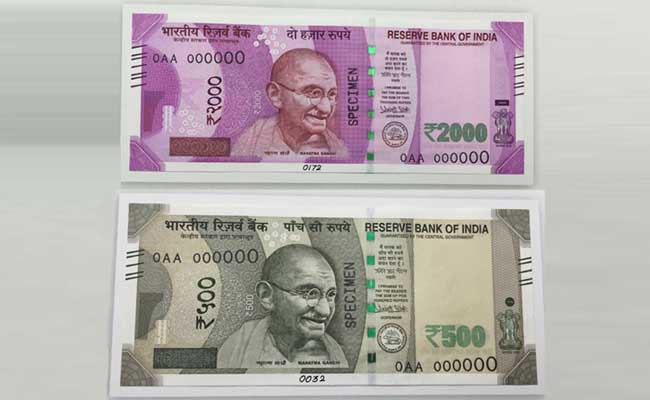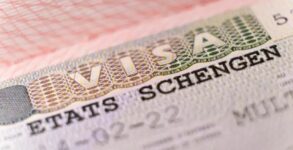In a bid to curb corruption Prime Minister Narendra Modi on Tuesday declared ₹500 and ₹1,000 bank notes as illegal tenders. Here are 10 things to know about the development.
1 You can easily deposit ₹500 and ₹1,000 notes in banks from 10th November to 30th December, ie. in 50 days.
2 Banks will be closed tomorrow for public transactions and ATM will not function – in some places on November 10 also.
3 For 72 hours or till November 11, government hospitals will accept Rs. 500, 1000 notes. A doctors prescription must be carried with such notes.
4 Counters for railway, bus and air tickets too will accept these notes for 72 hours for purchase of tickets.
5 There’ll be a limit on withdrawal of Rs 10,000 per day and Rs 20,000 per week. This limit will be increased in the coming days.
6 No restrictions of any kind on non-cash payments by cheques, demand drafts, debit or credit cards and electronic fund transfers.
7 Petrol stations authorised by public sector oil companies, milk booths and crematoria and burial grounds will also accepts these notes for initial 72 hours
8 Notes of Rs. 100 and lower denominations will all continue to be legal tender.
9 Coins too will continue to be legal tender. Online transactions and card payments will not be affected.
10 The RBI has accepted a proposal for new 500 and 2000 rupee notes

















